Ha Long Bay: Nature’s Masterpiece
Lying in the northeastern part of Vietnam is probably the most famous UNESCO Heritage Site in the country: Ha Long Bay. Known for its emerald green waters and thousands of limestone islands, topped with rainforests, it’s Ha Long Bay, a spectacular natural wonder. Its name is related to local legends of dragons descending from the sky, creating the islands. Guests can cruise the bay in traditional junk boats, paddle through its peaceful waters by kayak, and view stunning caves that punctuate the landscape. Among these are the Surprise Cave – Sung Sot Cave and floating fishing villages where generations have lived and thrived.
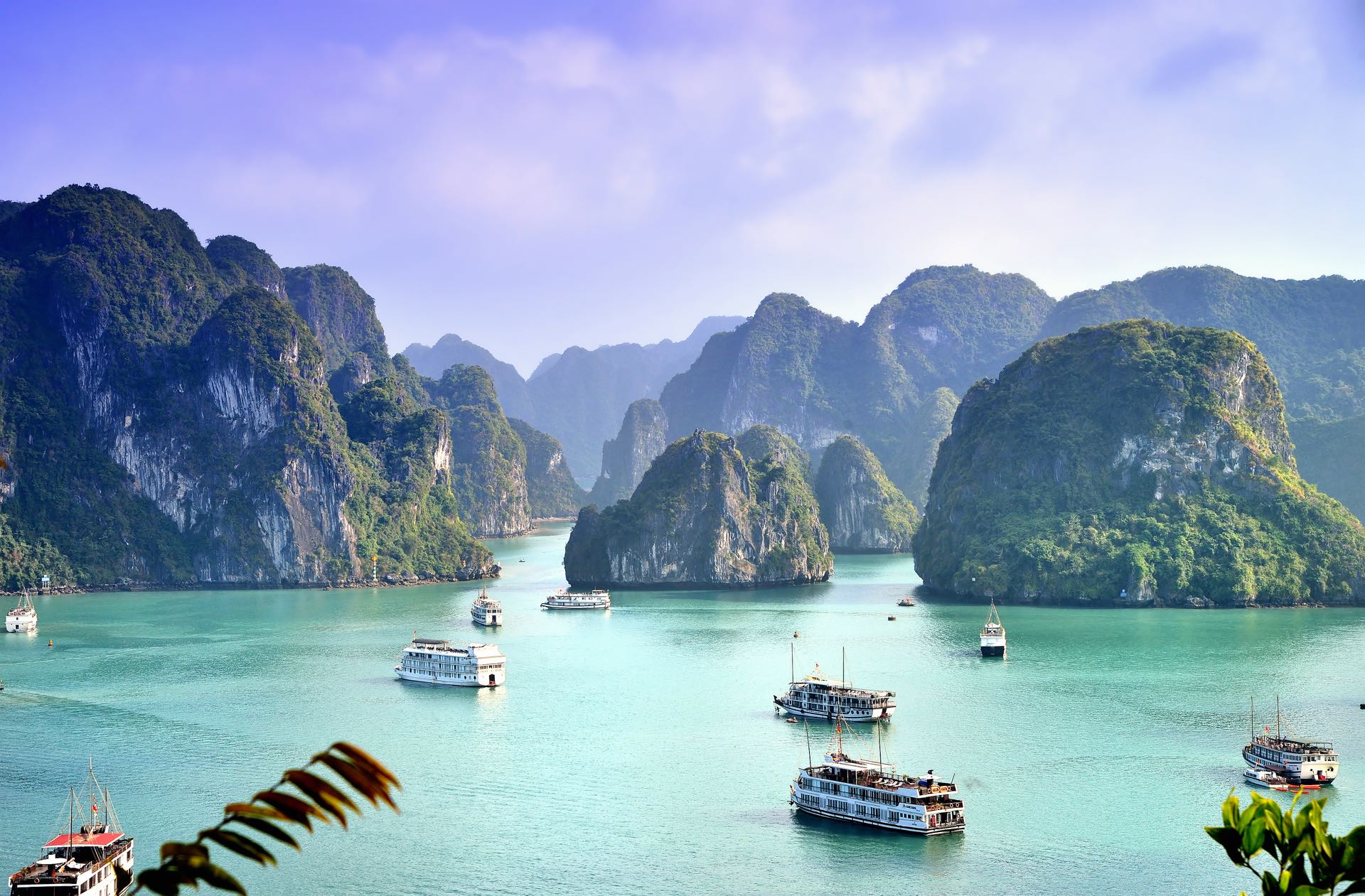
Phong Nha-Ke Bang National Park: An Underground Wonderland
Phong Nha-Ke Bang National Park is one of the most breathtaking UNESCO sites in Vietnam, home to some of the most magnificent cave systems in the world. It is in the National Park of Phong Nha-Ke Bang, which happens to belong to Quang Binh Province; apart from its karst landscapes, the area is characterized by features of underground rivers and extensive cave networks. One of the most renowned caves from the park is Son Doong – the largest in the world. This colossal cave is big enough to house a Boeing 747 and even has its own climate and ecosystem. Besides Phong Nha Cave, one can reach it by boats, and respectively, Paradise Cave with its exquisitely beautiful stalactites and stalagmites.
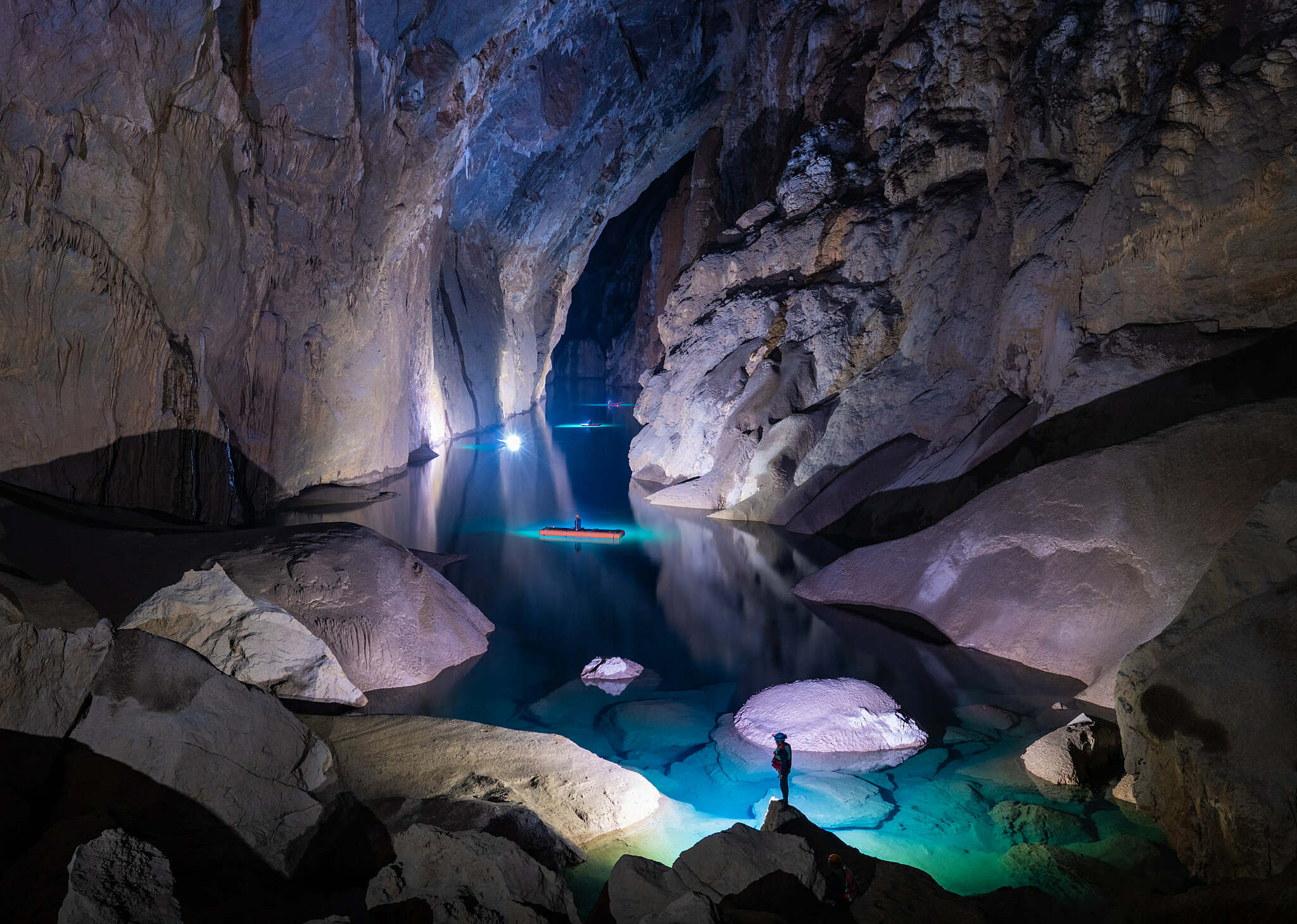
My Son Sanctuary: The Ancient Champa Civilization
My Son Sanctuary is a valley situated among mountains, steeped in history that encompasses the ancient Champa civilization. These series of Hindu temples date from the 4th to the 14th century. My Son used to be the religious center and the capital of the fabulous Kingdom of Champa. The Hindu temples are vividly inlaid with architecture and artistic achievements from the Champa people. Although damaged by passage of time and war, My Son is still standing, providing powerful evidence of ancient Vietnamese heritage.
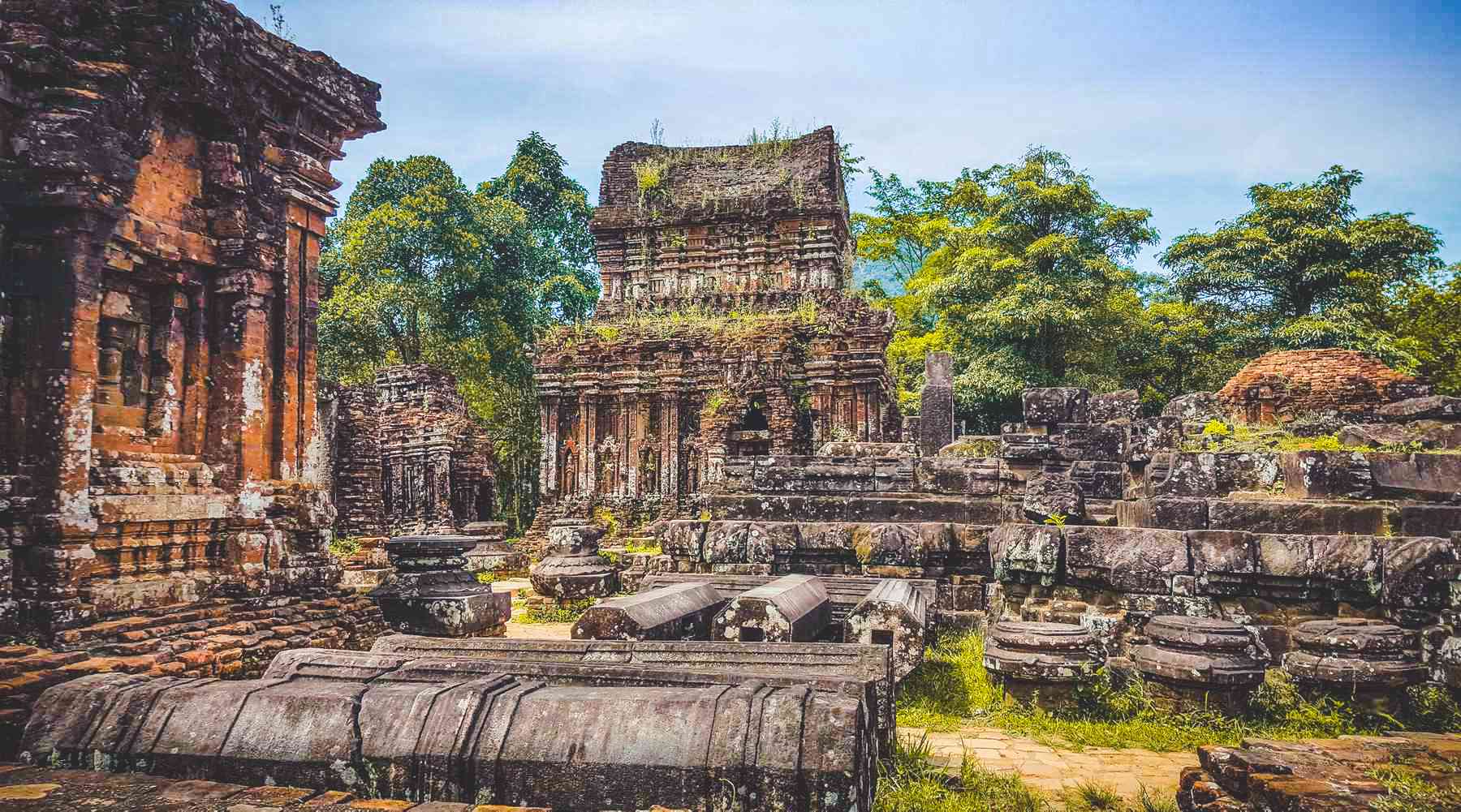
Hoi An Ancient Town: A Living Museum
Located down the central coast of Vietnam, Hoi An is a beautiful town, even by Vietnam’s standards. In the 15th to 19th centuries, Hoi An developed into the most culturally diverse city in Vietnam, boasting a unique mosaic of indigenous and foreign influences, which, therefore listed it on UNESCO’s World Heritage. Walking the streets in Hoi An, people can take in a lot of the history in wooden Chinese shop houses, French-colonial architecture, and decorative temples. Hoi An is equally known for its bustling lantern festivals that illuminate the streets, tailor shops, and great cuisine. The most important cultural sites are the Japanese Covered Bridge, the Assembly Hall of the Fujian Chinese Congregation, and the old merchant houses.

Hue Monuments Complex: The Imperial Legacy
Located in the whole of erstwhile Imperial Vietnam, Hue houses within itself a complex of historic monuments enunciating the grandiosity of the Nguyen Dynasty. Part of the UNESCO World Heritage List, the collection of monuments belongs to the Hue Monuments Complex and includes the Imperial City, Royal Tomb, Pagoda, and Temple. An interior core, the Imperial City, is surrounded by thick stone walls and a moat. With its walls, palaces, halls, and gardens – once the residence and administrative core to the country’s emperors – retaining their majestic charisma. Just as remarkable, the equally exquisite royal tombs, poised along the Perfume River, boast detailed architecture and charming natural scenery.
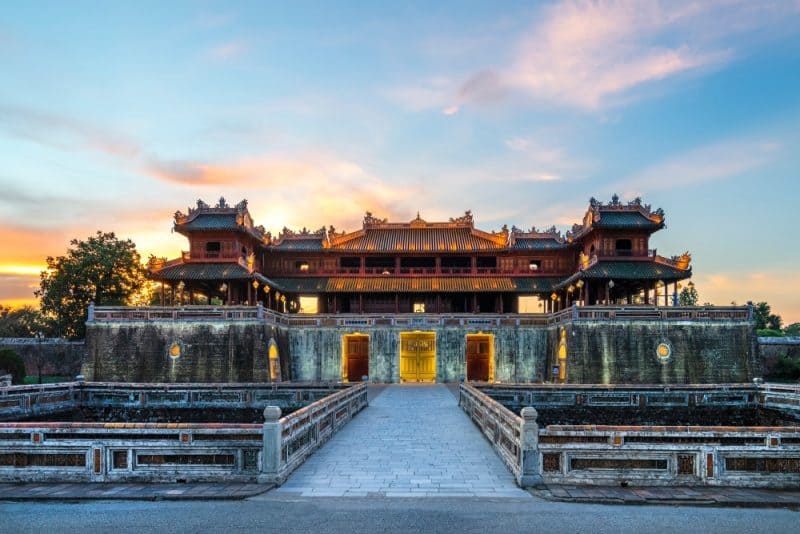
Trang An Landscape Complex: A Natural and Cultural Wonder
The Trang An Landscape Complex in Ninh Binh Province is impressive due to the beautiful blend of nature and culture. Called the “Halong Bay on land” and a UNESCO Heritage site, this landscape boasts limestone karst peaks and emerald waterways. Boat tours can be had among the sites, entering caves, grottoes, and historic shrines. Among the locations at Trang An are the Bai Dinh Pagoda, the historic seat of Buddhist power in Vietnam and one of the largest manmade Buddhist sites in Asia, and the ancient capital of Hoa Lu, which was the political and cultural center of Vietnam in the 10th and 11th centuries.
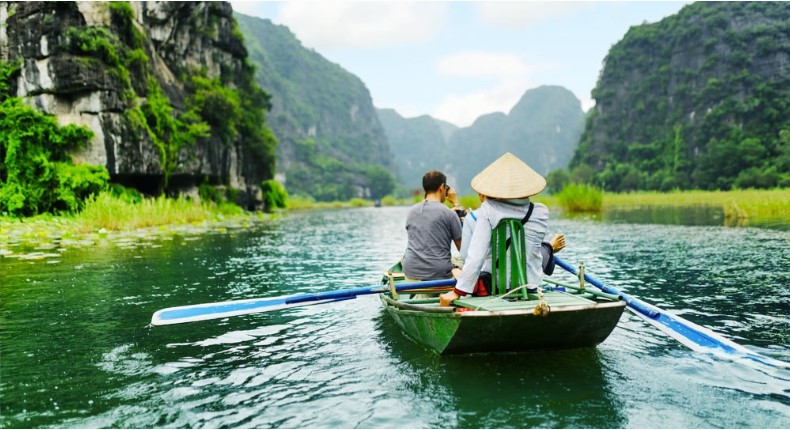
Thang Long Imperial Citadel: The Heart of Ancient Hanoi
The Thang Long Imperial Citadel, from the 11th century, occupies the very heart of Hanoi and is a UNESCO-listed World Heritage Site. It was an office serving many Vietnamese dynasties’ political centers throughout more than one millennium. Palaces, roads, wells, ceramics, and other historical periods are represented throughout the excavations. There is, to add, the Flag Tower of Hanoi, which dominates the image of the city. All who come to the Thang Long Imperial Citadel are exposed to a richness in history through exhibits.
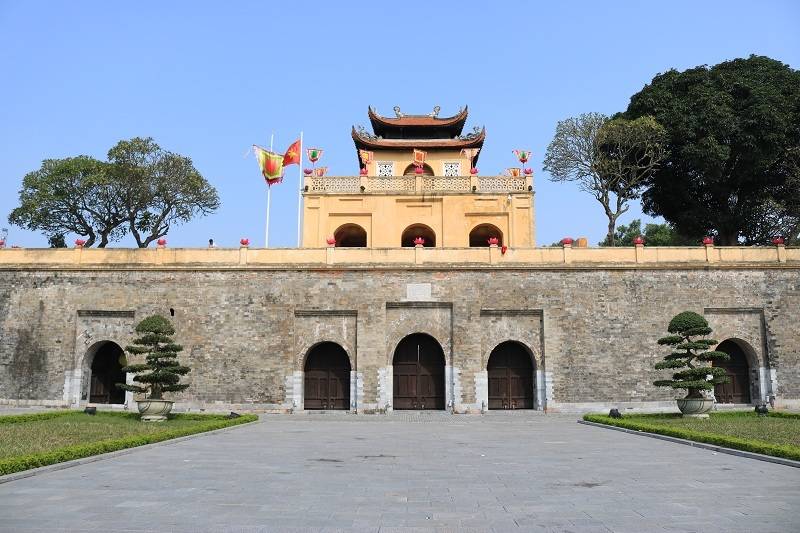
FAQs
- What makes Ha Long Bay a UNESCO World Heritage Site?
Ha Long Bay is represented with its typical landform of karst limestone islands and emerald waters formed through millions of years. The exceptional scenic beauty and geological value give this area the reputation for being a natural wonder.
- What is Phong Nha-Ke Bang National Park famous for?
Phong Nha-Ke Bang National Park is connected with big cave systems; the world’s largest cave is Son Doong. These karst landscapes with underground rivers and a high level of biodiversity form part of its global importance.
- What is the historical importance of My Son Sanctuary?
My Son Sanctuary was the spiritual and cultural soul of the Champa Kingdom. The Hindu temples of this place date from the 4th to the 14th centuries and offer tremendous architectural and artistic attainments of the Champs Civilization.
- Why is Hoi An Ancient Town a UNESCO site?
Hoi An Ancient Town is a well-preserved example of a Southeast Asian trading port dating from the 15th to the 19th centuries. Its unique blend of indigenous and foreign architectural influences, historic buildings, and vibrant cultural heritage earned it UNESCO recognition.
- What can one find at the Hue Monuments Complex?
Various components of the Hue Monuments Complex include the Imperial City, the royal tombs, pagodas, and temples. Visitors are allowed to wander in the palaces, halls, and gardens of the Imperial City and to magnificent royal tombs along the Perfume River.
- What is special about Trang An Landscape Complex?
Trang An Landscape Complex, famous for its great limestone karst peaks, emerald waterways, and ancient temples, has a lot of fine scenery joined with high cultural value: Bai Dinh Pagoda and the ancient capital of Hoa Lu
Conclusion
UNESCO sites the length of Vietnam usher one through an immersive journey across a long and storied past, full of colorful and varied cultural heritage, fused with the beauty of nature. From emerald waters in Ha Long Bay to ancient temples in My Son and imperial Hue, each of these sites is a window into Vietnam’s past and its enduring legacy. Whether you’re interested in history, nature, or culture, Vietnam’s UNESCO World Heritage Sites offer an incomparable experience that leaves indelible memories.
